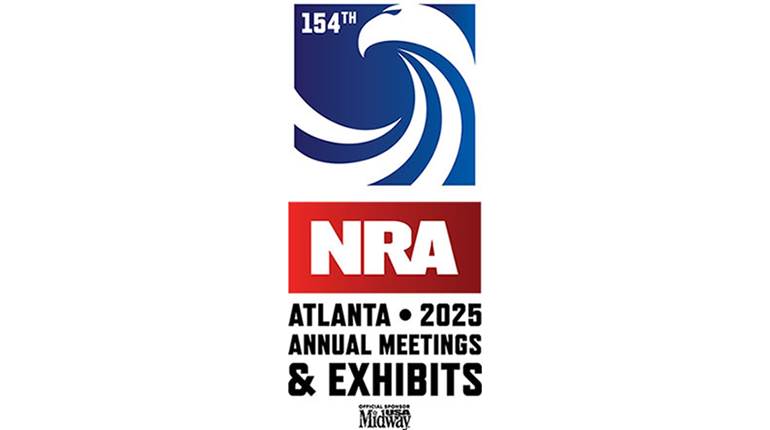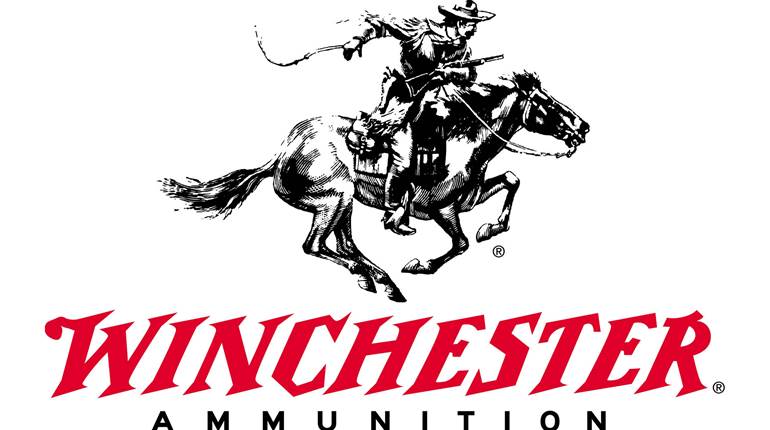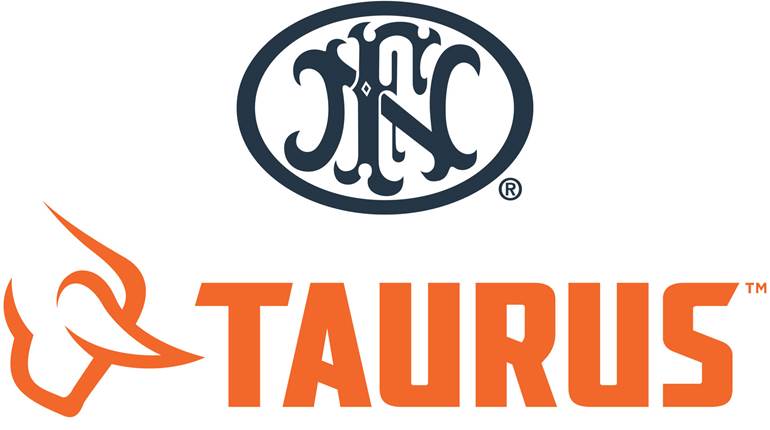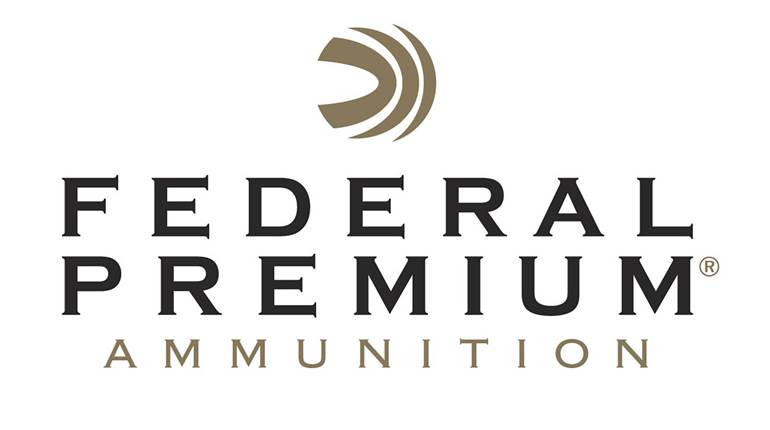
Ballistic applications on mobile devices are becoming more common by the day for competition, hunting and even casual shooting sessions with family and friends. They provide accurate firing solutions out to mind-boggling distances calculated specifically for a rifle, load, environmental conditions and even location in less than a second. Whether your skills and rest are up to the task for those long shots is another subject altogether, but there’s no denying ballistics apps are a growing trend.
Some of the finest companies in the industry offer them and update regularly, including at the 2023 Shooting, Hunting and Outdoor Trade (SHOT) Show. There, Federal Ammunition announced the addition of its latest loads in its updated Ballistic AE App (available for free on iOS devices). “We’re excited to work on the Ballistic AE app to improve this technology and offer shooters another tool to increase their odds of success in the field,” said Federal Marketing Director Brian Anderson. “Getting our latest loads incorporated in the app—headlined by our popular and proven Terminal Ascent—provides our customers with more data to advance their shooting skills.” The app calculates and provides trajectory, windage, velocity, energy, lead and bullet flight time for any range. It compensates for atmospheric conditions such as temperature, barometric pressure, humidity, altitude and more.
Lapua also unveiled its all-new Lapua Hunt app available for download in Google Play and Apple's App Store. The software uses the identical ballistics calculator and product data as its popular Lapua Ballistics app. Enthusiasts can add their own rifle and reticle and select the best ammo and game category. Lapua Hunt’s calculator view allows wind-speed determination and direction, shooting angle and distance. In addition, weather information, such as temperature, air pressure and relative humidity can be entered for more accurate firing solutions. Additional paid features in the app even allow cartography, or map view, and the ability to set up a hunting team.
Though not necessarily new, Winchester’s free app has been around for some time, and it’s been very successful. The company’s not exactly known for resting on its laurels, though, so it didn’t wait for the SHOT Show 2023 to roll out an updated version. It was introduced mid-2022.
Most of the software, if not all, began life on a website and migrated to smartphones and other devices after some the necessary programming. Hornady, for example, first offered its 4DOF-based calculator on a web page in August 2016. It became available as an app on Nov. 2, 2017. Federal’s web-based firing-solution calculator went live in 2014, and it became an app the next year.
All the above have proven extremely popular. There are others from some the industry’s finest, most of them free or available at a modest price. Not all are anchored to a specific ammunition brand. Applied Ballistics works with a number of companies in the gun industry and offers a highly regarded app ($30 on Google Play). Strelok is extremely popular and claims to have launched its first ballistic calculator in 2001. This list is a long one.
Ballistics apps that provide accurate firing solutions is just the tip of the iceberg. Today, there are some that connect to rangefinder via Bluetooth to calculate holdover, others connect to Kestrels and other wind-doping devices, and some wirelessly send information to the scope for automated reticle adjustment.
The power of ballistic apps available today is staggering, and I wasn’t much of a believer until I was in Montana on a mule deer hunt with Bergara. Wind gusts measured 90 m.p.h. and staying upright on a ridgeline was a teetering affair. When my companion ran my firing solution on his app and told me to hold three feet left I laughed. Under my breath, anyway. A .300 Win. Mag. doesn’t exactly take its time going downrange. At only 300 yards, it seemed ridiculous.
I was “schooled-up” and filled my tag on that deer. The apps work, but how in the world when did so much computing power wind up in the palms of our hands?
When Did The Apps Arrive?
In 1992, IBM invented the smartphone, although that early model was far from genius. Two years later, it hit the market with a handful of integral apps that included an address book, calculator, notepad and a few others. Nokia 6110s shipped in 1997 with what is considered the first smartphone game—“Snake”—and I bet a lot of them were played with on airplanes. In 2004, the Blackberry 5810 appeared, with a few built-in apps, but it changed the landscape entirely with its ability to send and receive e-mail.
It wasn’t really until the iPhone appeared (2007) that the power became obvious. The software it carried included weather, maps, a gallery for photos and much more. The overnight success made it was obvious people were hungry for the handheld processor and the power they provide.
In 2008, the world was introduced to the first real centralized app store, from Apple, featuring more than 500 programs. The next year, Android users had their own shop, although selection was initially limited to only 50 programs. Today there are more than 2 million and 2.4 million, respectively.
Among them now is an overwhelming number of ballistics calculators that provide instant firing solutions at your fingertips and while you’re at the firing line, even prone in a 90-m.p.h. gust.






































